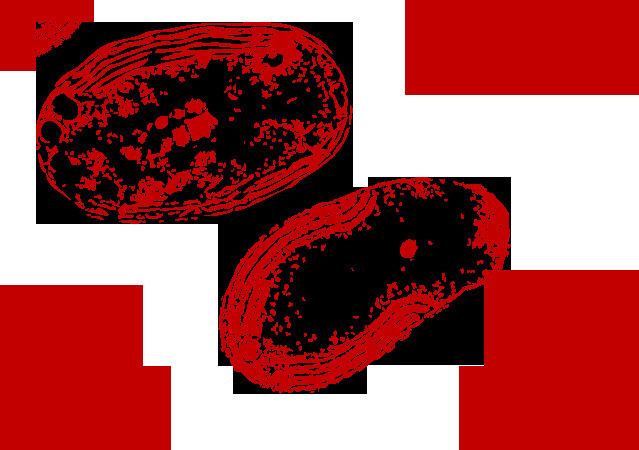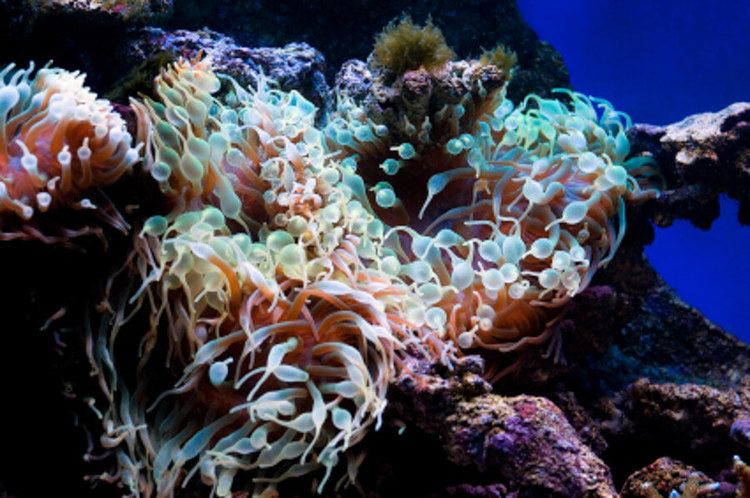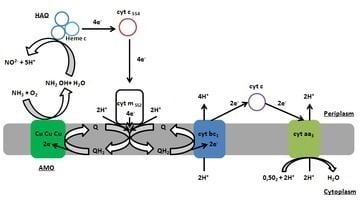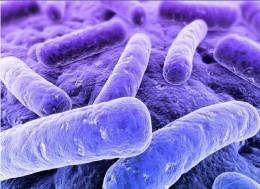 | ||
Representative species Nitrobacter, Nitrosococcus, Nitrospira, Nitrococcus, Nitrosomonas europaea | ||
Nitrifying bacteria proof that atm colony works
Nitrifying bacteria are chemolithotrophic organisms that include species of the genera Nitrosomonas, Nitrosococcus, Nitrobacter and Nitrococcus. These bacteria get their energy by the oxidation of inorganic nitrogen compounds. Types include ammonia-oxidizing bacteria (AOB) and nitrite-oxidizing bacteria (NOB). Many species of nitrifying bacteria have complex internal membrane systems that are the location for key enzymes in nitrification: ammonia monooxygenase (which oxidizes ammonia to hydroxylamine) and nitrite oxidoreductase (which oxidizes nitrite to nitrate).
Contents
- Nitrifying bacteria proof that atm colony works
- Aquaponics all about nitrifying bacteria
- Ecology
- Oxidation of ammonia to nitrate
- First step nitrification molecular mechanism
- Second step nitrification molecular mechanism
- References

Aquaponics all about nitrifying bacteria
Ecology

Nitrifying bacteria are a narrow taxonomic group in the environment, and are found in highest numbers where considerable amounts of ammonia are present (areas with extensive protein decomposition, and sewage treatment plants). Nitrifying bacteria thrive in lakes and rivers streams with high inputs and outputs of sewage and wastewater and freshwater because of the high ammonia content.
Oxidation of ammonia to nitrate
Nitrification in nature is a two-step oxidation process of ammonium (NH4+) or ammonia (NH3) to nitrate (NO3−) catalyzed by two ubiquitous bacterial groups. The first reaction is oxidation of ammonium to nitrite by ammonia oxidizing bacteria (AOB) represented by the "Nitrosomonas" genus. The second reaction is oxidation of nitrite (NO2−) to nitrate by nitrite-oxidizing bacteria (NOB), represented by the "Nitrobacter" genus.
First step nitrification - molecular mechanism

Ammonia oxidation in autotrophic nitrification is a complex process that requires several enzymes, proteins and presence of oxygen. The key enzymes, necessary to obtaining energy during oxidation of ammonia to nitrite are ammonia monooxygenase (AMO) and hydroxylamine oxidoreductase (HAO). First is a transmembrane copper protein which catalyzes the oxidation of ammonia to hydroxylamine (1.1) taking two electrons directly from the quinone pool. This reaction requires O2. In the second step (1.2), a trimeric multiheme c-type HAO converts hydroxylamine into nitrite in the periplasm with production of four electrons. The stream of four electron are channelled through cytochrome c554 to a membrane-bound cytochrome c552. Two of the electrons are routed back to AMO, where they are used for the oxidation of ammonia (quinol pool). Rest two electrons are used to generate a proton motive force and reduce NAD(P) through reverse electron transport.
NH3 + O2 → NO−2 + 3H+ + 2e− (1)NH3 + O2 + 2H+ + 2e− → NH2OH + H2O (1.1)NH2OH + H2O → NO−
2 + 5H+ + 4e− (1.2)
Second step nitrification - molecular mechanism
Nitrite produced in the first step of autotrophic nitrification is oxidized to nitrate by nitrite oxidoreductase (NXR)(2). It is a membrane-associated iron-sulfur molybdoprotein, and is part of an electron transfer chain which channels electrons from nitrite to molecular oxygen. The molecular mechanism of oxidation nitrite is less described than oxidation ammonium. In new research (e.g. Woźnica A. et al., 2013) proposed new hypothetical model of NOB Electron transport chain and NXR mechanism (Figure 2.). It should be noted that, in contrast to earlier models the NXR acts on the outside of the plasma membrane, directly contributing to postulated by Spieck and coworkers mechanism of proton gradient generation. Nevertheless, the molecular mechanism of nitrite oxidation is an open question.
NO−2 + H2O → NO−
3 + 2H+ + 2e− (2)
